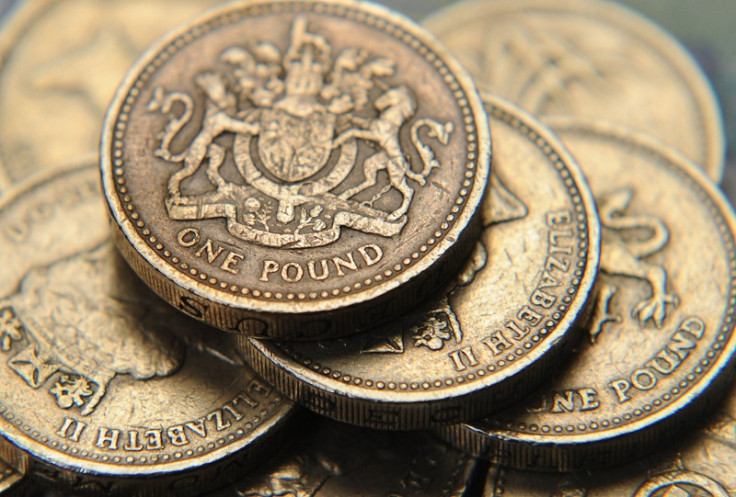FX Focus: Mixed economic data sees pound fall to seven-week low against euro
Dollar fails to rally despite better-than-expected jobs report clearing the way for a rate hike next week.

The pound declined for the 11th consecutive day on Friday (10 March), tumbling to a fresh seven-week low against the euro after a mixed set of economic data.
By early afternoon, sterling was 0.41% lower against the euro, trading at €1.1445, after falling below the €1.1450 threshold for the first time since mid-January. Admittedly, the pound gained 0.11% against the dollar and was fetching $1.2169 which, however, was only fractionally above Thursday's seven-week low of $1.2133.
According to the Office for National Statistics, the UK's manufacturing output grew 2.7% year-on-year in January, short of analysts' forecast for a 2.9% growth and lower than an upwardly revised gain of 4.2% recorded in the previous month.
However, overall industrial production grew 3.2% from the previous year in January, in line with expectations but slower than in December 2016. Meanwhile, the construction sector fared better than expected, with output growing 2%, way above the expected 0.2% growth, but slower than the upwardly revised 2.6% expansion recorded in the previous month.
"Although the pound has experienced turbulence in recent months, it has typically weathered data releases such as today's figures," said Paresh Davdra from Rational FX.
"However, investors will be looking closely at signs of things to come, with the Federal Reserve decision next week expected to set the tone for the pound/dollar exchange rate for the foreseeable future.
"Whilst the prospect of uncertainty over Article 50 and the strength of the UK's economy will unsettle the markets, recent optimism over the UK's growth suggest that the pound can continue to endure. Time will tell if the BoE's policy meeting will provide significant support for sterling."
Across the Atlantic, the dollar was on the back foot against most of its rivals, even after a report showed the US economy added more jobs than expected last month, effectively paving the way for the Fed to hike interest rates next month.
According to the US government, the world's largest economy created 235,000 jobs in January, comfortably beating the 200,000 analysts expected, while January's gains were revised up from 227,000 to 238,000.
Meanwhile, the unemployment rate declined from 4.8% in January to 4.7% last month, in line with expectations and only marginally above December's nine-year low of 4.6%.
"Today's US jobs report was more than adequate to justify a rate hike next week, assuming of course that the markets have correctly interpreted the Fed's very deliberate hawkish delivery over the last few weeks," added Craig Erlam, senior market analyst at Oanda.
"It's difficult to find anything to be down about in the jobs report, with job creation being well above the 12 month average and far exceeding what the Fed deems to be good enough."
However, the report failed to boost the dollar. The greenback was 0.25% and 0.56% lower against the Swiss Franc and the Canadian dollar respectively, trading at CHF1.0096 and CAD$1.3435. The dollar was also down against its Australian counterpart and the euro, falling 0.55% and 0.61% respectively, to AUD$1.3248 and €0.9401.
The dollar, however, was 0.23% higher against the yen, fetching ¥115.21.
Naeem Aslam, chief market analyst at Think Markets UK, argued it would be wrong to say that the next week's rate hike was the biggest event for the dollar.
"Going forward, it is the path of future rate hike which is of significant importance, and that will drive the dollar," he said.
"If the job reports keep coming very strong , remember, there is no law that the Fed could only increase the rate three times this year."
© Copyright IBTimes 2025. All rights reserved.






















